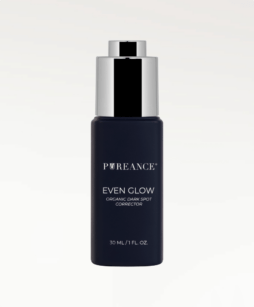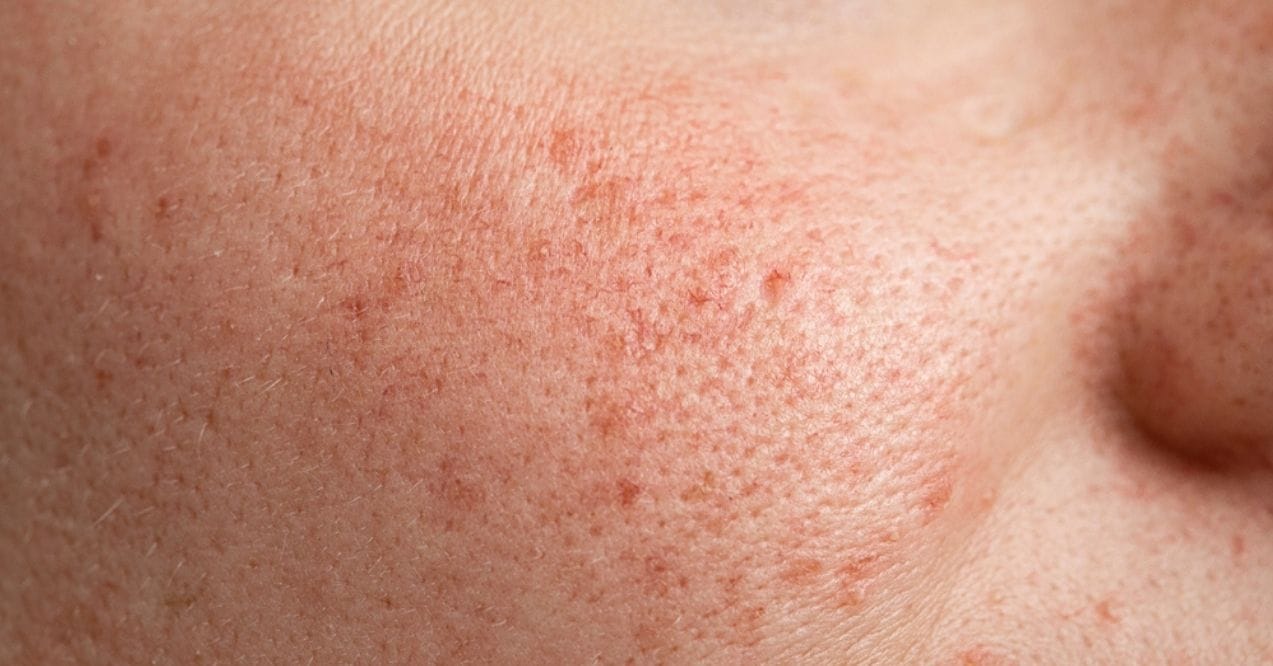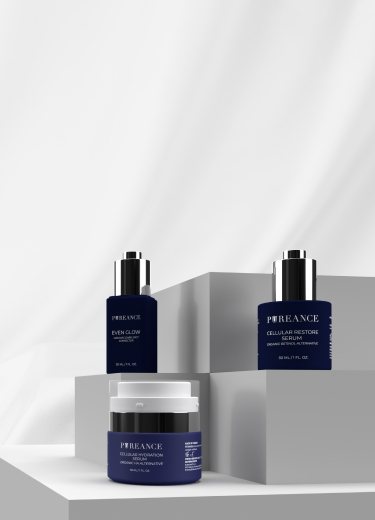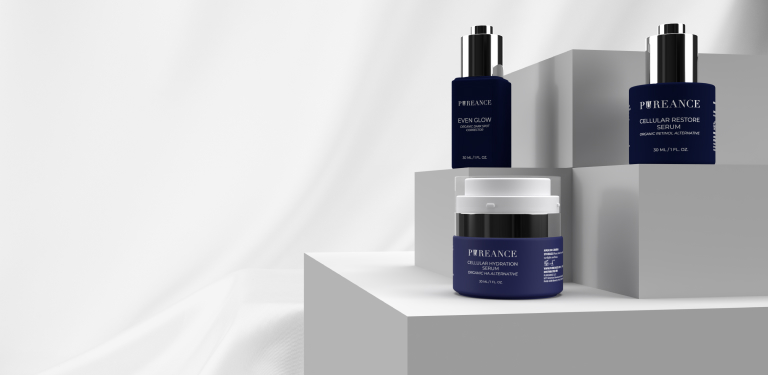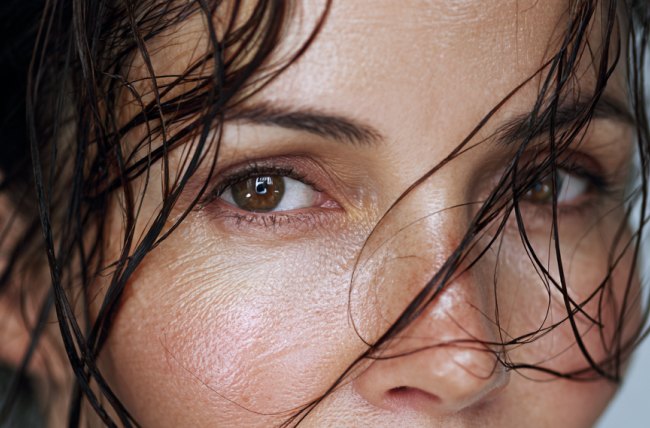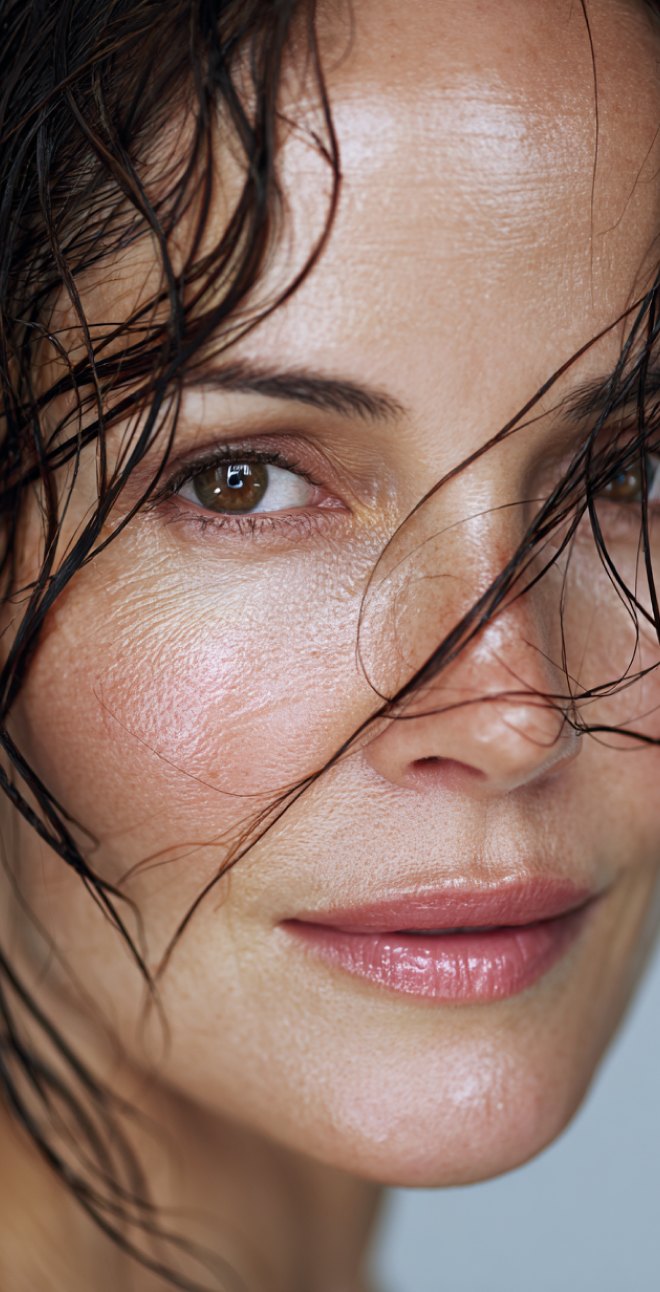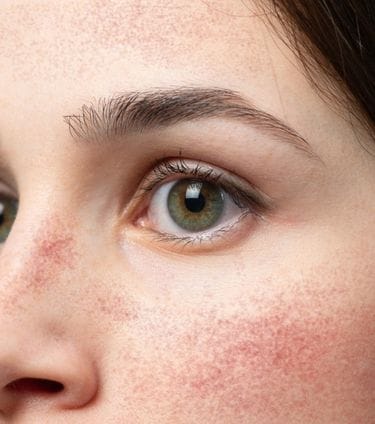
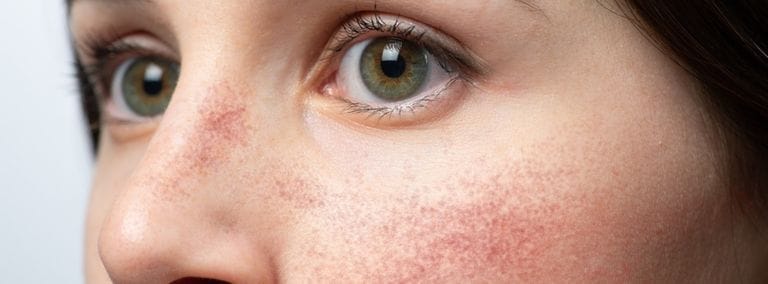

How to Get Rid of Redness on Face
Wondering how to get rid of redness on face and keep your skin looking calm and balanced? Face redness can be stubborn and unpredictable – one day, your skin looks even, and the next, it’s flushed, irritated, and uncomfortable. Environmental triggers, lifestyle habits, and even skincare choices can all play a role in how your skin reacts.
The good news? There are many ways to support your skin’s natural balance and reduce the appearance of redness over time. Instead of relying on quick fixes, this guide explores science-backed and natural methods to strengthen your skin barrier, soothe irritation, and promote a calm, even-looking complexion. You’ll discover proven techniques to help minimize redness and maintain a more balanced appearance.
Key Article Findings
- Focus on gentle, nourishing ingredients like ceramides and squalane to maintain skin’s balance.
- Daily SPF and protective habits help maintain an even tone.
- Choose products and routines that match your specific skin type and concerns.
Understanding Face Redness
Face skin redness can be frustrating, especially when it flares up unexpectedly. While occasional flushing is normal, persistent redness often points to deeper skin sensitivities or external triggers. Understanding how to get rid of blotchy skin starts with identifying the root causes and making targeted adjustments to your skincare routine and daily habits.
What Causes Face Redness?
Several factors contribute to redness, but they typically fall into three main categories:
- Skin Barrier Weakness & Sensitivity – A compromised skin barrier makes redness worse by allowing irritants to penetrate more easily. Over-exfoliation, harsh skincare ingredients, and dehydration strip the skin of its natural protective oils, leading to increased sensitivity.
- Environmental & Lifestyle Triggers – External factors like sun exposure, extreme weather, and pollution can inflame the skin. Diet also plays a role – spicy foods, alcohol, and high-sugar diets may contribute to redness by triggering a flush response.
- Underlying Skin Conditions – Some forms of redness stem from chronic skin issues, such as acne-related inflammation or general skin sensitivity. Understanding what worsens your redness can help you modify your routine for a calmer complexion.
Why Your Skin Reacts This Way
Redness often results from dilated blood vessels and an inflammatory response designed to protect your skin. However, when the skin barrier is weak, this reaction becomes more frequent and intense. Irritants penetrate more easily, causing repeated redness and discomfort.
Strengthening your skin’s resilience is key – not just for reducing irritation now but for preventing it in the future. A thoughtful approach to skincare and hydration can help you to understand how to reduce redness in face and promote long-term skin balance.
How to Reduce Redness in Face
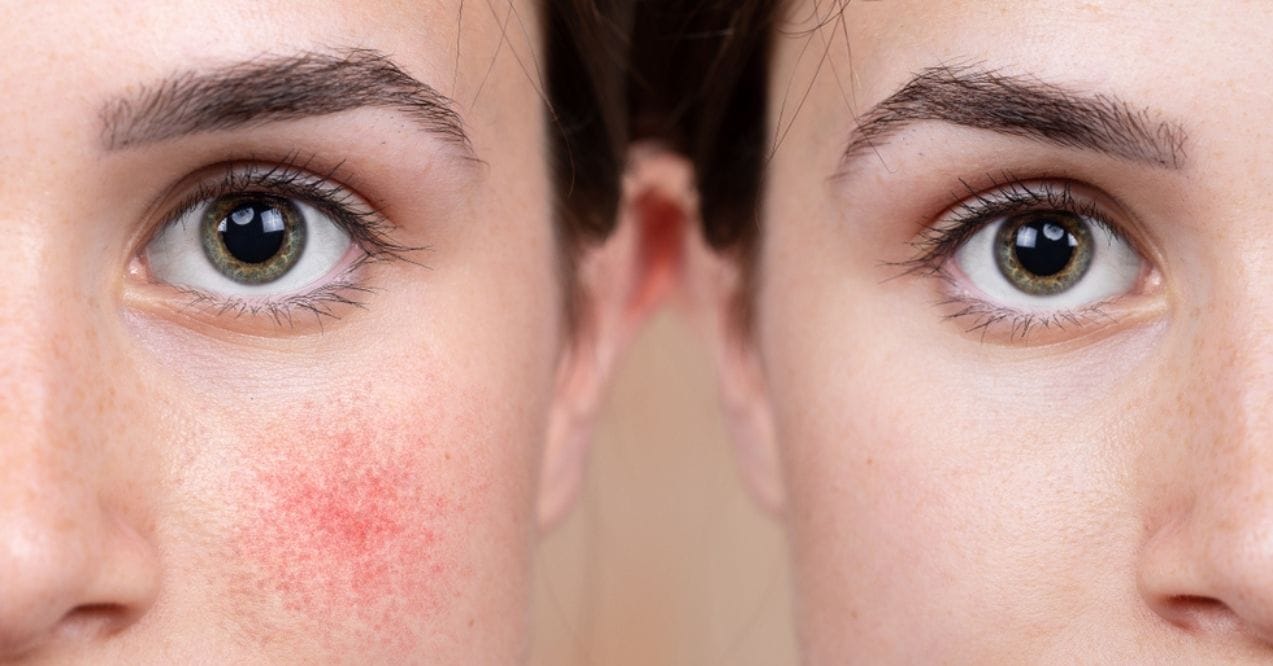
If you’re struggling with persistent redness, you’re probably wondering how to get rid of redness on face without making things worse. The key is a gentle, strategic approach that strengthens your skin barrier, minimizes irritation, and provides deep hydration. Instead of chasing quick fixes, these steps focus on long-term skin health, helping you maintain a calm, balanced complexion.
Step 1: Strengthen Your Skin Barrier
Your skin barrier acts like a protective shield, and when it’s strong, it naturally maintains a more even tone. Focus on these power-packed ingredients:
- Niacinamide – This superstar ingredient helps fortify your skin’s protective layer while promoting a balanced appearance. It works particularly well for sensitive complexions that need extra support.
- Centella Asiatica and Chamomile – These botanical ingredients offer natural support for sensitive skin, helping maintain a calm appearance. They’re especially beneficial when used in your morning routine.
- Aloe Vera and Green Tea Extract – These refreshing ingredients provide essential hydration that helps maintain skin comfort. They’re perfect for when your skin needs an extra boost of freshness.
Step 2: Avoid the Biggest Skincare Mistakes
If you wonder how to repair skin barrier naturally, start by identifying what might be disrupting it. Here are key points to consider:
- Active Ingredients – Be cautious with AHAs and BHAs – while beneficial, they need gentle introduction. Start with once-weekly use and gradually increase as your skin adjusts.
- Skip the Irritants – Avoid products with added fragrances and high alcohol content, as these can disrupt your skin’s natural balance.
- Product Overload – Introducing too many new products simultaneously can overwhelm your skin. Add new products one at a time, waiting at least a week between introductions.
Step 3: Smart Hydration
Learning how to reduce redness in face areas often comes down to proper hydration strategies. Here’s your layering guide:
- Start Light – Begin with a gentle facial mist to prepare your skin for better product absorption.
- Mid-Layer Magic – Apply a hydrating serum containing hyaluronic acid while your skin is still slightly damp.
- Seal it In – Finish with a ceramide-rich moisturizer containing squalane, which helps support your skin’s natural moisture barrier while promoting a smoother appearance.
How to Calm Redness on Face Quickly
When your skin needs quick comfort, these two gentle techniques can help maintain a balanced appearance.
Cooling Techniques
Is cold water good for your face? Absolutely – when used correctly. Here’s how to make the most of cooling techniques:
- Cold Compress Application – Wrap an ice pack in a soft cloth and gently press against your skin for 1-2 minutes at a time. This can help comfort your skin while promoting a calmer appearance.
- Green Tea Compresses – Steep green tea bags, let them cool, and place them on your face for 5-10 minutes. The natural properties in green tea can help support your skin’s comfort level.
- Aloe Vera Gel – Keep pure aloe vera gel in your refrigerator for an extra cooling effect. Apply a thin layer whenever your skin needs additional comfort.
Color-Correcting Techniques
Learning how to calm redness on face areas can include smart makeup choices:
- Green-Tinted Primers – These work by balancing out redness in your complexion. Apply a thin layer before your regular foundation for best results.
- Gentle Coverage – Choose mineral-based foundations and powders that contain minimal ingredients. Look for products labeled “for sensitive skin” and free from artificial fragrances.
- Application Tip – Pat products onto your skin instead of rubbing—this helps maintain your skin’s comfort while applying makeup.
How to Prevent Redness on Face in the Long Run
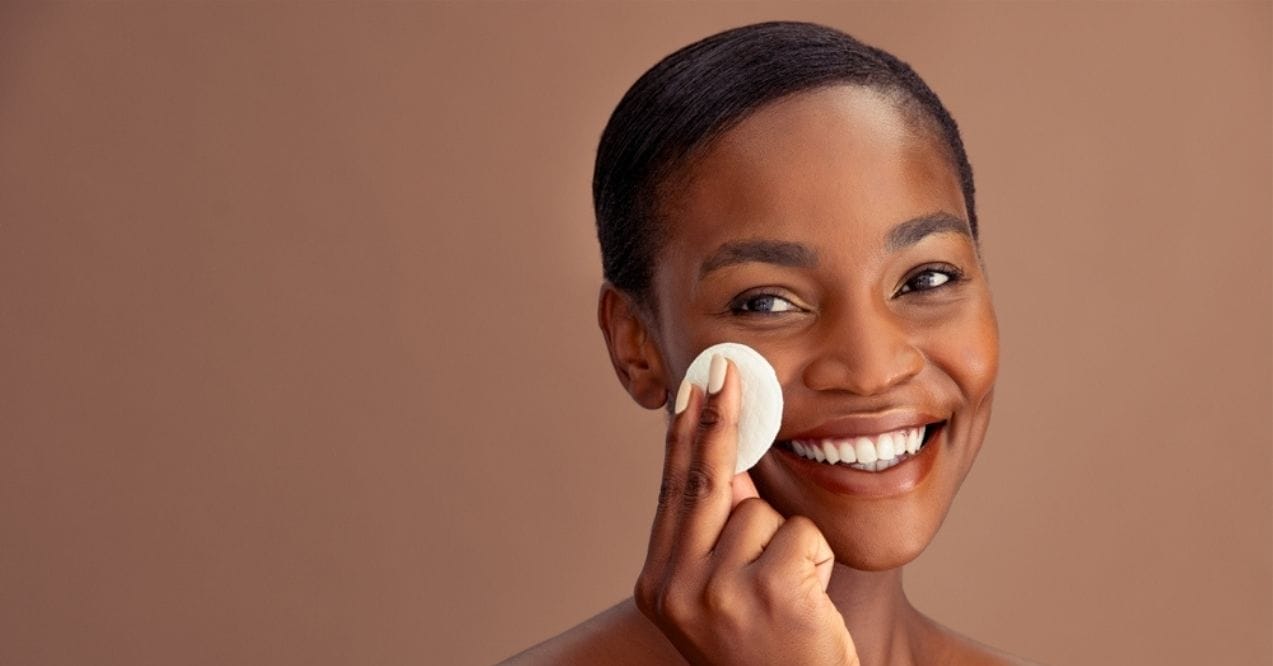
Creating a long-term strategy to maintain an even complexion involves more than just skincare—it’s about developing habits that support your skin’s natural balance. Let’s explore how to decrease redness in face areas through a comprehensive approach.
The Redness-Proof Skincare Routine
A consistent routine helps prevent redness on face areas. Here’s a balanced approach:
Morning Care:
- Start with a sulfate-free, cream cleanser
- Apply a calming serum with ingredients like chamomile
- Finish with a mineral-based SPF 50
Evening Care:
- Begin with a gentle oil-based cleanser
- Use a ceramide-rich moisturizer
- Once weekly, apply a soothing mask
SPF & Environmental Protection
Protecting your skin from environmental factors plays a crucial role:
Sun Protection Essentials:
- Choose mineral sunscreens with zinc oxide
- Reapply every two hours when outdoors
- Look for lightweight, non-irritating formulas
Diet & Lifestyle Adjustments
What you put in your body matters as much as what you put on it:
Skin-Supporting Foods:
- Include omega-3 rich foods like salmon and walnuts
- Add colorful fruits and vegetables for antioxidant support
- Stay hydrated with plenty of water
Mindful Choices:
- Limit processed foods and sugary treats
- Consider reducing spicy foods and alcohol
- Practice gentle stress management techniques like deep breathing
Remember, consistency with these practices helps maintain a more balanced complexion over time.
Treat Face Redness Based on Your Skin Type
Every complexion deserves a customized approach. Understanding your skin type helps you choose the most effective strategies for maintaining a balanced appearance. Let’s explore solutions tailored to different skin types
Dry & Sensitive Skin
Wondering how to care for dehydrated skin? Focus on nurturing ingredients that support your skin’s moisture balance:
Nurturing Ingredients:
- Look for products with ceramides to support your skin’s moisture barrier
- Choose formulas containing soothing oat extract
- Include squalane-based products for lightweight hydration
Gentle Cleansing Tips:
- Use lukewarm (never hot) water
- Choose cream or milk cleansers
- Pat dry with a soft towel – never rub
Oily & Acne-Prone Skin
Maintaining balance is essential to treat face redness in oily skin:
Smart Product Choices:
- Select non-comedogenic, water-based moisturizers
- Look for alcohol-free toners
- Use lightweight serums instead of heavy creams
Combination Skin
To treat face redness on combination skin, consider a targeted approach:
Zone-Specific Treatment:
- Use lighter products on oily areas (typically T-zone)
- Apply richer moisturizers to dry areas (usually cheeks)
- Consider using different products for different facial zones
Remember to introduce new products gradually and always patch test first to ensure they work well with your skin type.
Conclusion
Understanding how to get rid of redness on face areas is about creating a balanced, long-term approach that works with your unique skin. By focusing on strengthening your skin barrier, maintaining proper hydration, and choosing appropriate products for your skin type, you can support a calmer, more balanced complexion. Remember, consistency is key – small, daily choices in skincare, protection, and lifestyle habits add up to make a significant difference in maintaining your skin’s natural radiance.
Keep in mind that achieving your skincare goals is a journey, not a race. Be patient with your skin, listen to its needs, and adjust your routine accordingly.
Certain foods may influence your complexion’s appearance. Consider limiting spicy dishes, processed foods, and alcohol. Instead, focus on foods rich in omega-3s and antioxidants to support your skin’s natural balance.
Look for skincare with soothing ingredients like chamomile, aloe vera, and niacinamide. Ceramides and squalane help maintain your skin barrier, while centella asiatica supports a calmer-looking complexion.
Yes! Mineral sunscreens with zinc oxide help protect your skin’s natural balance. Choose a lightweight, non-irritating SPF 50 formula and reapply regularly for optimal results.
Yes, certain makeup products might impact skin comfort. Choose non-comedogenic, fragrance-free formulas and mineral-based products. Green color correctors can help balance your complexion’s appearance.
This site offers health, wellness, fitness and nutritional information and is designed for educational purposes only. You should not rely on this information as a substitute for, nor does it replace, professional medical advice, diagnosis, or treatment. If you have any concerns or questions about your health, you should always consult with a physician or other health-care professional. Do not disregard, avoid or delay obtaining medical or health related advice from your health-care professional because of something you may have read on this site. The use of any information provided on this site is solely at your own risk.
Nothing stated or posted on this site or available through any services are intended to be, and must not be taken to be, the practice of medical or counseling care. For purposes of this agreement, the practice of medicine and counseling includes, without limitation, psychiatry, psychology, psychotherapy, or providing health care treatment, instructions, diagnosis, prognosis or advice.
